The Foundation: Decoding Your New Vehicle Limited Warranty
What Exactly is a New Vehicle Limited Warranty?
At its core, a new vehicle limited warranty is a manufacturer's promise to repair or replace certain parts of your vehicle that fail due to a defect in material or workmanship, within a specified period or mileage. It's 'limited' because it doesn't cover everything, nor does it last forever. Unlike an extended warranty, which you typically purchase separately, the limited warranty comes directly from the manufacturer with your new car purchase. This essential agreement is designed to protect you, the consumer, from unexpected repair costs during the initial ownership phase due to issues that are the manufacturer's responsibility. Understanding its scope is the first step in leveraging its benefits and avoiding costly surprises down the road. It's not an all-enencompassing insurance policy for every bump or scratch, but rather a safeguard against manufacturing faults.The Core Components: What's Typically Covered?
New vehicle limited warranties are usually broken down into several key components, each with its own duration and specific coverage. The most common types include:Bumper-to-Bumper (or Basic) Warranty: This is often the most comprehensive part, covering most components of the vehicle, from electrical systems to air conditioning, and everything in between – though the 'bumper-to-bumper' name is a bit misleading as it still has exclusions. It typically lasts for a shorter period, such as 3 years/36,000 miles.
Powertrain Warranty: This crucial component covers the parts that make your car move, including the engine, transmission, and drivetrain. Because these are critical and expensive components, this warranty usually lasts longer than the bumper-to-bumper, often 5 years/60,000 miles or even more.
Corrosion/Perforation Warranty: Designed to protect against rust-through (not surface rust), this warranty typically has a longer term, sometimes 5 years/unlimited mileage, as rust takes time to develop into a perforation.
Roadside Assistance: Many manufacturers include a period of complimentary roadside assistance, covering things like flat tires, jump starts, fuel delivery, and towing to the nearest dealership.
Some vehicles may also include specific warranties for hybrid components, emissions systems, or even tires (though tire warranties are often handled by the tire manufacturer directly).
Reading the Fine Print: Exclusions and Limitations
While warranties offer substantial protection, it's crucial to understand what they *don't* cover. Misconceptions here can lead to frustrating and expensive discoveries. Common exclusions often include:Normal Wear and Tear: Items that naturally wear out over time, such as tires, brake pads, wiper blades, spark plugs, and filters, are generally not covered. These are considered maintenance items.
Accident Damage or Misuse: Any damage resulting from collisions, environmental factors (e.g., hail, floods), vandalism, or improper use (e.g., racing, overloading, off-roading beyond the vehicle's design) will not be covered.
Lack of Maintenance or Improper Repairs: Failing to follow the manufacturer's recommended service schedule, or having repairs done by unqualified technicians using non-OEM parts, can void parts of your warranty.
Aftermarket Modifications: While simply installing an aftermarket stereo won't void your entire warranty, modifications that directly cause a failure of a covered component might. For instance, an engine tuner that stresses the engine beyond its design limits could void your powertrain warranty. Always check with your dealer before significant modifications.
Understanding Warranty Periods and Mileage Limits
Each component of your limited warranty will have a specific duration, typically expressed as a combination of time and mileage, whichever comes first. For example, a '3-year/36,000-mile' bumper-to-bumper warranty means it expires three years from the vehicle's in-service date OR when the odometer hits 36,000 miles, even if that's before the three-year mark. It's vital to note these dates and mileage thresholds for each part of your coverage. Often, the powertrain warranty will extend further than the bumper-to-bumper, offering protection for longer on the most critical (and expensive to repair) components. Knowing these limits helps you plan for future maintenance and potential repair costs, giving you a clear timeline of when your manufacturer-backed protection will expire and when you might need to consider other options for coverage.The Importance of Maintenance Records
This cannot be stressed enough: maintaining meticulous records of all your vehicle's service and maintenance is absolutely critical. Should you ever need to make a warranty claim, the manufacturer may request proof that your vehicle has been properly maintained according to their recommended schedule. Failing to provide these records could lead to your claim being denied, even if the defect appears to be manufacturing-related. Keep receipts for oil changes, tire rotations, fluid checks, and any other service performed, whether by a dealership or an independent mechanic. Digital records, service stamps in your owner's manual, or a dedicated folder for physical receipts are all excellent ways to keep everything organized. This documentation serves as undeniable proof that you've upheld your end of the warranty agreement, safeguarding your coverage.Beyond the Basics: Extended Warranties and Service Contracts
As your original new vehicle limited warranty approaches its expiration, you might start hearing about 'extended warranties' or 'vehicle service contracts.' It's important to understand that these are distinct from your factory limited warranty. An extended warranty, sometimes offered by the original manufacturer, effectively lengthens the terms of your original factory coverage. A vehicle service contract, often sold by third parties, is essentially an insurance policy that covers specific repairs after your factory warranty expires. While both aim to protect you from unexpected repair costs, they are purchased separately, come with their own set of terms, conditions, and exclusions, and usually involve an additional cost. The decision to purchase one depends on your vehicle's reliability, your ownership plans, and your comfort level with potential out-of-pocket expenses for future repairs.Making a Claim: What You Need to Know
Should an issue arise that you believe is covered by your new vehicle limited warranty, the process of making a claim is generally straightforward, but requires diligence. First, identify the problem as soon as possible. Do not attempt to fix it yourself, as this could void your warranty. Next, contact an authorized dealership for your vehicle's make. Explain the issue clearly and provide any relevant information, such as warning lights, strange noises, or performance problems. Be prepared to provide your vehicle's VIN (Vehicle Identification Number) and your maintenance records. The dealership's service department will diagnose the issue and determine if it falls under warranty coverage. If it does, the repairs will be performed at no cost to you. If there's a disagreement, you may need to escalate the issue with the manufacturer. Always document your interactions, including dates, names of people you spoke with, and what was discussed, to ensure a smooth resolution.Conclusion
Your new vehicle limited warranty is far more than just a piece of paper; it’s a critical component of your car ownership experience, offering protection and peace of mind against manufacturing defects. By taking the time to decode its terms, understand its coverage, and adhere to its requirements, you empower yourself to make informed decisions and safeguard your investment. Remember to always read your owner’s manual thoroughly, maintain meticulous service records, and don’t hesitate to ask questions at your dealership. With this knowledge, you can confidently navigate the road ahead, knowing you’ve laid a solid foundation for many years of enjoyable driving. Drive safe, and drive informed!Where can I find my VIN?

Related Topics
- Extended Protection Showdown: Cadillac's Extended Limited Warranty vs. Third-Party VSCs
- Nissan EV and Hybrid Warranty: Is Your Battery Covered for the Long Haul?
- Decoding the Subaru Warranty: What You Need to Know Before You Buy
- Is a BMW Extended Warranty Worth the Investment? A Deep Dive into Platinum, Gold, and Powertrain Plus

